Hidden Food Markets in Asia You've Never Heard Of in 2026
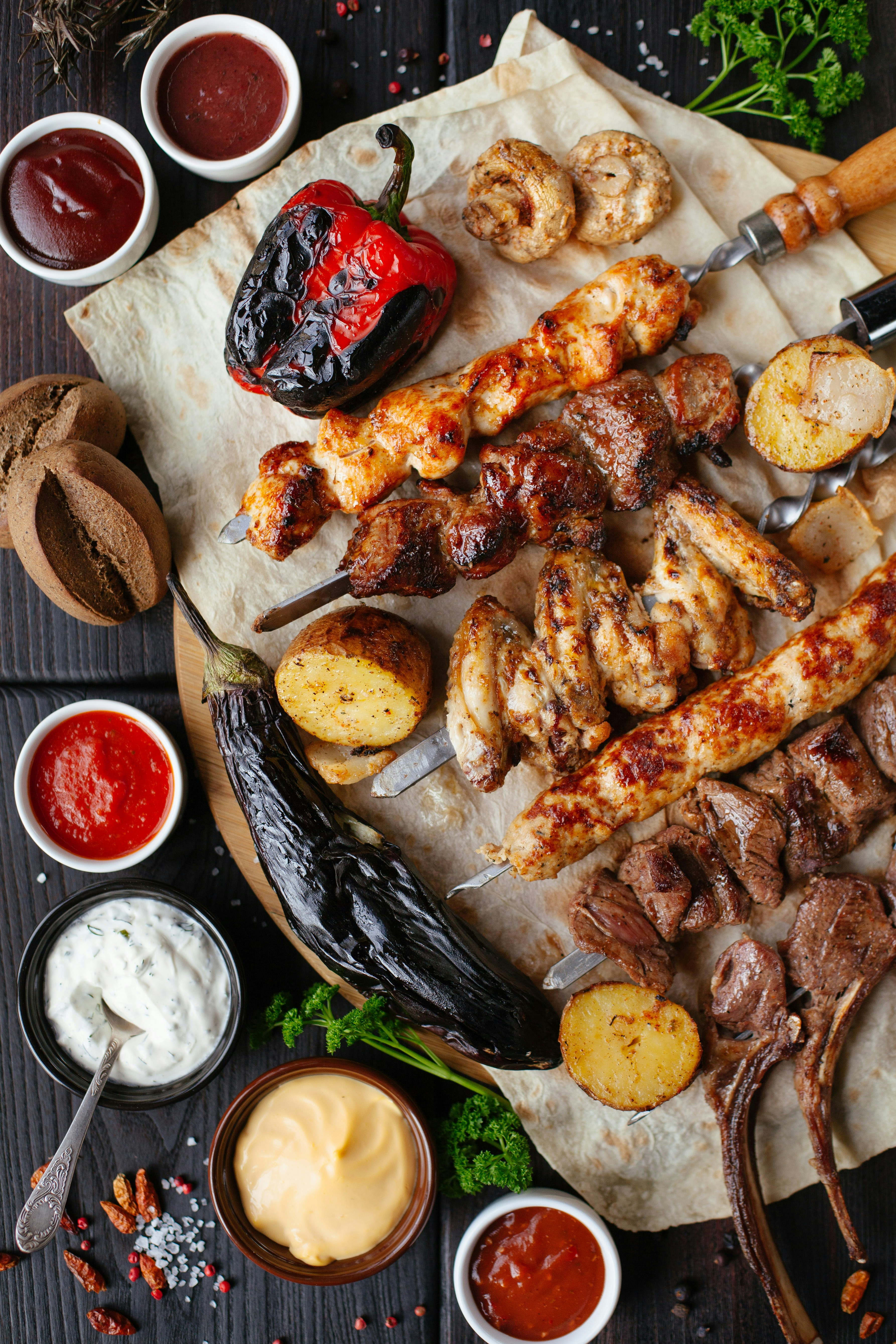
When most travelers think of Southeast Asia, they picture the usual suspects: Bangkok's floating markets, Singapore's hawker centers, or Hanoi's Old Quarter. But what if I told you the region's most authentic food experiences are hiding in plain sight, tucked away in neighborhoods where tourists rarely wander?
The hidden food markets in Asia offer something extraordinary — a glimpse into everyday life where grandmothers haggle over morning vegetables, vendors perfect recipes passed down through generations, and the smell of charcoal-grilled satay mingles with steaming bowls of pho. These aren't Instagram traps or tourist attractions. They're living, breathing communities where food tells stories.
Throughout my years exploring Southeast Asia, I've discovered that the best meals rarely come from guidebooks. They come from following locals down dusty alleyways, trusting your nose, and having the courage to point at something you can't name. The secret food markets in Asia aren't hidden because they're exclusive — they're hidden because they're so woven into daily life that only locals know they're special.
In this guide, I'm sharing the hidden food markets across Southeast Asia that changed how I experience travel. These aren't just places to eat; they're portals into cultures, traditions, and flavors that tourism hasn't homogenized yet. Ready to taste Asia the way locals do? Let's dive in.
Why Hidden Food Markets Are the Heart of Asian Culture
Food markets in Asia aren't just about commerce — they're social hubs where entire communities converge. Before supermarkets and delivery apps, these traditional Asian markets were where people gathered to share news, celebrate festivals, and maintain connections that go back generations.
When you step into one of these local street food spots, you're entering a space where grandmothers teach recipes to vendors who've been occupying the same stall for forty years. You'll see schoolchildren stopping for breakfast before class, office workers grabbing lunch wrapped in banana leaves, and families shopping for dinner ingredients still covered in morning dew.
What makes hidden food markets in Asia so magical is their authenticity. Unlike tourist-focused night markets where prices are inflated and menus are translated into five languages, these hidden local eats operate on their own terms. Vendors aren't performing for cameras — they're feeding their neighbors.
The cultural significance runs deeper than food. Markets preserve endangered cooking techniques, rare ingredients, and regional specialties that might disappear otherwise. That grandmother selling handmade rice cakes? She's keeping a centuries-old recipe alive. The fishmonger who knows exactly which catch came in that morning? He's maintaining relationships with fishing communities that predate borders.
These authentic food experiences connect you to something tourism often overlooks: the ordinary magic of daily life. The best hidden food markets in Asia reveal that sometimes the most extraordinary discoveries happen when you're not looking for them at all.
The Best Hidden Food Markets in Southeast Asia
Or Tor Kor Market – Bangkok, Thailand

While tourists flock to Chatuchak Weekend Market next door, Or Tor Kor remains blissfully under the radar despite being consistently rated among the world's best fresh markets. Located adjacent to the famous weekend bazaar, this government-operated market showcases Thailand's agricultural crown jewels.
What sets Or Tor Kor apart is the quality control — every vendor must meet strict standards for freshness and presentation. You'll find mangosteen the size of baseballs, perfectly ripe mangoes that smell like paradise, and exotic fruits you've never encountered. The prepared food section serves restaurant-quality pad thai, khao soi, and som tam at a fraction of tourist-area prices.
What to eat: The mango sticky rice here is legendary, prepared with coconut cream so rich it tastes like dessert. Don't miss the grilled pork skewers (moo ping) from the corner stall — locals line up thirty deep for them every lunch hour.
Insider tip: Visit early morning (7-9 AM) when vendors are stocking shelves and you can sample fruits before buying. The aunties working the stalls love sharing recommendations if you ask with a smile.
Binh Tay Market – Ho Chi Minh City, Vietnam

Tucked in Cholon (Chinatown), Binh Tay Market is where Ho Chi Minh City's Chinese-Vietnamese community has traded for over a century. The stunning yellow colonial architecture alone is worth the trip, but the real treasure is the food scene that tourists completely miss.
This is one of those secret food markets in Asia where you'll be the only foreigner wandering among wholesale spice vendors, traditional medicine shops, and food stalls serving dishes that don't exist on English menus. The blend of Chinese and Vietnamese culinary traditions creates something entirely unique.
What to eat: Hunt down the bánh ướt stalls serving silky rice noodle sheets topped with ground pork and crispy shallots. The morning pho here uses a recipe that's been perfected over three generations, with a broth so clear and flavorful it needs no garnish.
Insider tip: The best food is on the market's outer edges, not the center. Look for stalls with tiny plastic stools completely occupied by locals — that's your sign.
Sin Heng Kee Market – Singapore
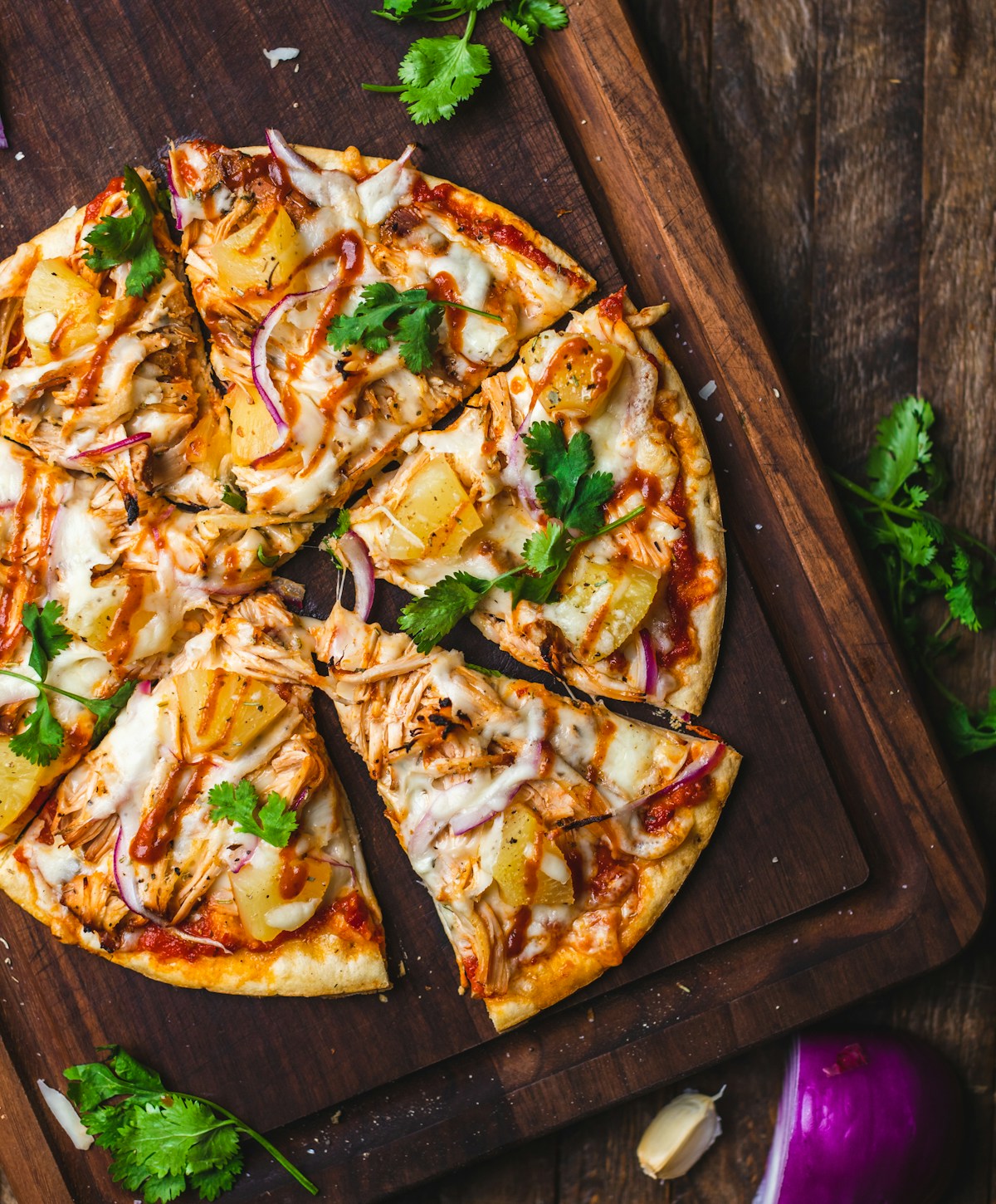
While Singapore is famous for its sanitized hawker centers, Sin Heng Kee represents old-school Singapore — a traditional wet market where blood still stains the floors and fish are gutted to order. Located in the Tiong Bahru neighborhood, this market feels like stepping back fifty years.
What makes this one of the hidden food markets in Asia worth visiting is how it coexists with modern Singapore. Upstairs, you'll find hawker stalls run by families who've been there since the 1950s, serving Hainanese chicken rice and char kway teow that tastes nothing like the tourist versions.
What to eat: The chwee kueh (steamed rice cakes) from the corner stall are silky perfection topped with preserved radish. The roast pork rice from Tiong Bahru Hainanese Boneless Chicken Rice has locals queuing before 11 AM.
Insider tip: Visit on weekday mornings when the market is at its liveliest. The coffee shop below serves kaya toast and kopi that tastes exactly like it did in 1960s Singapore.
Khlong Toei Market – Bangkok, Thailand

Bangkok's largest wet market is also its grittiest and most authentic. Khlong Toei isn't pretty or Instagrammable — it's raw, chaotic, and absolutely fascinating. This is where Bangkok's restaurants shop, where ingredients arrive before dawn, and where you'll see parts of animals you didn't know people ate.
As one of the most authentic food experiences in Bangkok, Khlong Toei operates on its own rhythm. Vendors have occupied the same spots for generations, selling everything from live frogs to exotic herbs you won't find anywhere else. The prepared food section serves working-class Bangkokians meals so flavorful and cheap that restaurants can't compete.
What to eat: The curry stalls are extraordinary — try the massaman with fall-apart beef or the green curry so spicy your scalp will sweat. The grilled fish section offers whole tilapia grilled over charcoal and stuffed with lemongrass.
Insider tip: Go with a local if possible, or hire a food tour guide who knows which stalls are safe for foreign stomachs. The market can be overwhelming, but it's unforgettable.
Kampung Baru Sunday Market – Kuala Lumpur, Malaysia

In the heart of ultra-modern Kuala Lumpur lies Kampung Baru, a Malay village that's resisted development for over a century. Every Sunday, the neighborhood transforms into one of Malaysia's best hidden local eats destinations, with vendors selling traditional Malay food that's increasingly rare in KL.
This traditional Asian market feels like a time capsule. Old wooden houses line narrow lanes filled with vendors selling nasi lemak wrapped in banana leaves, kuih (Malay cakes) in rainbow colors, and rendang so rich it stains your fingers. It's where Kuala Lumpur's Malay community gathers to maintain food traditions that predate the city's skyscrapers.
What to eat: The nasi kerabu (blue rice with herbs and fish) is spectacular, as is the otak-otak (grilled fish cake) that's smoky, spicy, and unlike anything you've tasted. Don't leave without trying kuih lapis, the rainbow-layered cake that requires patience and skill to make properly.
Insider tip: Arrive around 4 PM when vendors are setting up but before the evening crowds. Many stalls sell out by 7 PM, especially the popular ones.
Pasar Beringharjo – Yogyakarta, Indonesia

Yogyakarta's oldest market has been trading since 1758, making it one of Indonesia's most historically significant traditional Asian markets. Beyond the batik and souvenirs on the ground floor, the upper levels hide food stalls serving Javanese specialties that tourists completely overlook.
What makes Pasar Beringharjo one of the special hidden food markets in Asia is how it preserves Javanese palace cuisine traditions. Dishes here follow recipes from the Sultan's kitchen, modified for everyday budgets but maintaining the complex spice blends and cooking techniques that make Javanese food unique.
What to eat: The gudeg (young jackfruit stew) here is definitive — sweet, savory, and cooked for hours until the jackfruit melts into the coconut milk sauce. Try it with krecek (crispy beef skin) and a hard-boiled egg soaked in spices.
Insider tip: The best gudeg stalls are on the second floor's east side. Order the "gudeg komplit" to get the full Javanese breakfast experience.
Pasar Bogor – Bogor, Indonesia
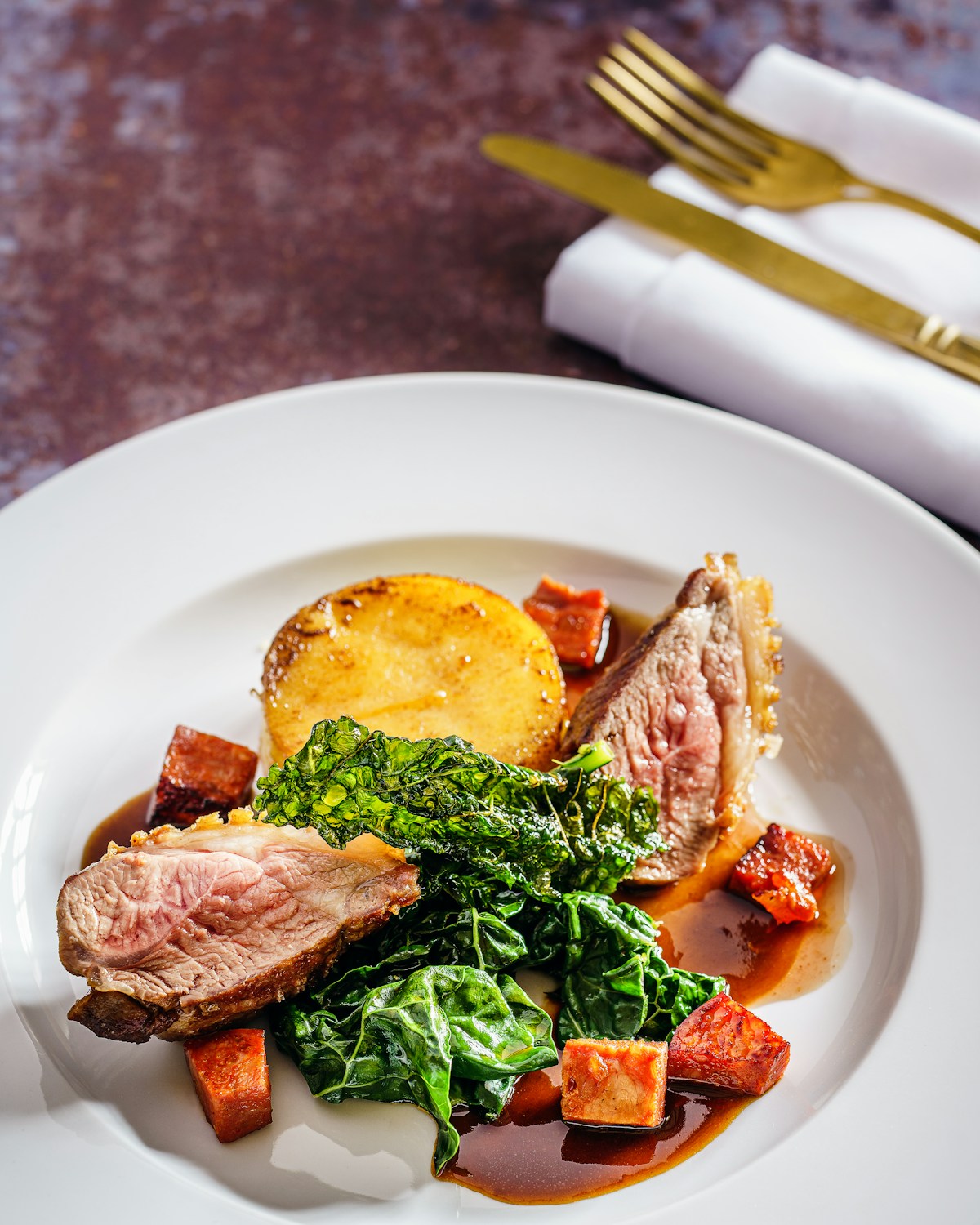
An hour south of Jakarta, Bogor's main market offers a crash course in Sundanese cuisine — West Java's distinct culinary tradition that's milder and herbier than food from other Indonesian regions. This sprawling market feels wonderfully chaotic, with vendors selling everything from durian to live chickens.
As one of Indonesia's premier local street food spots, Pasar Bogor specializes in fresh ingredients from the surrounding highlands. The produce here is extraordinary — vegetables picked that morning, herbs so fragrant they perfume entire aisles, and fruits at perfect ripeness.
What to eat: Hunt down the soto mie stalls serving Bogor's signature noodle soup — a clear, ginger-forward broth with egg noodles, shredded chicken, and a squeeze of lime. The batagor (fried fish dumplings) are exceptional, served with peanut sauce and sweet soy.
Insider tip: Visit the market's flower section on weekend mornings when farmers bring jasmine, orchids, and roses from mountain plantations. The fragrance alone is worth the trip.
An Dong Market – Ho Chi Minh City, Vietnam
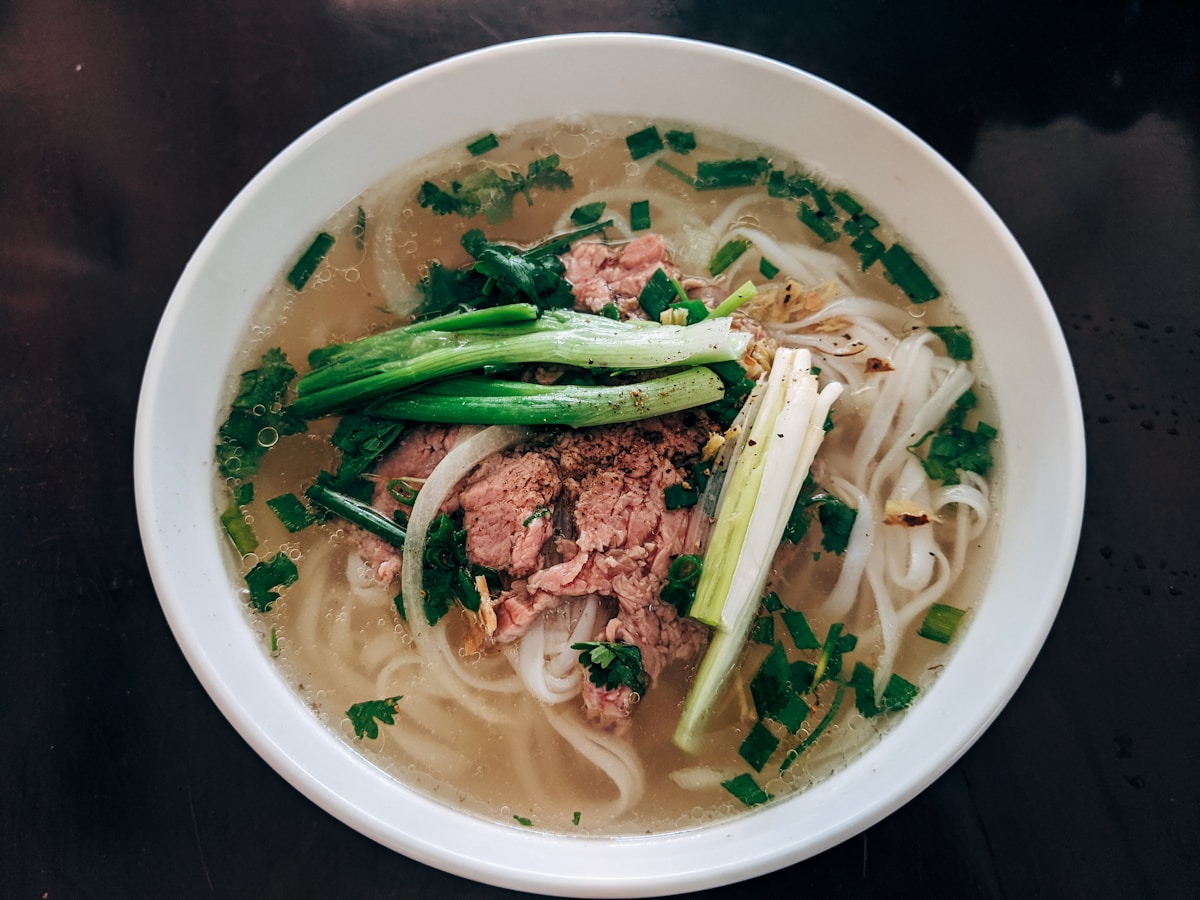
While Binh Tay gets attention, An Dong Market remains one of the secret food markets in Asia that even many locals overlook. This wholesale market specializes in textiles and household goods, but the food section on the ground floor is where the magic happens.
The vendors here cook for other vendors and wholesale buyers, not tourists. Prices are rock-bottom, portions are generous, and the flavors are unapologetically authentic. You'll eat alongside fabric merchants and delivery drivers, sharing tables and swapping chopsticks from communal containers.
What to eat: The bun bo Hue (spicy beef noodle soup) is outstanding — the kind of complex, layered broth that requires hours of simmering bones and lemongrass. The banh mi from the corner stall uses a recipe from Saigon's French colonial era.
Insider tip: The market is most atmospheric during lunch rush (11 AM-1 PM) when vendors and shoppers all break simultaneously, creating a feeding frenzy of plastic stools and steaming bowls.
Hoi An Central Market – Hoi An, Vietnam

While Hoi An's night market is firmly on the tourist trail, the town's central market at dawn tells a completely different story. This is where restaurant chefs shop, where fishing boats offload their catch, and where you'll find authentic food experiences before the town wakes up.
The morning version of this traditional Asian market operates with military precision. By 5:30 AM, fishermen are selling seafood so fresh it's still moving, vegetable farmers are arranging produce in perfect pyramids, and food stalls are firing up grills for the breakfast crowd.
What to eat: The cao lau (Hoi An's signature pork noodle dish) served at dawn tastes completely different from the tourist versions — the noodles are chewier, the pork is fattier, and the broth has a smokiness that only comes from charcoal cooking.
Insider tip: Arrive at sunrise (5:30-6:30 AM) for the most authentic experience. By 8 AM, the market shifts into tourist mode. The coffee lady near the east entrance makes ca phe sua da (iced coffee with condensed milk) that's legendary among locals.
Tamu Kianggeh – Bandar Seri Begawan, Brunei
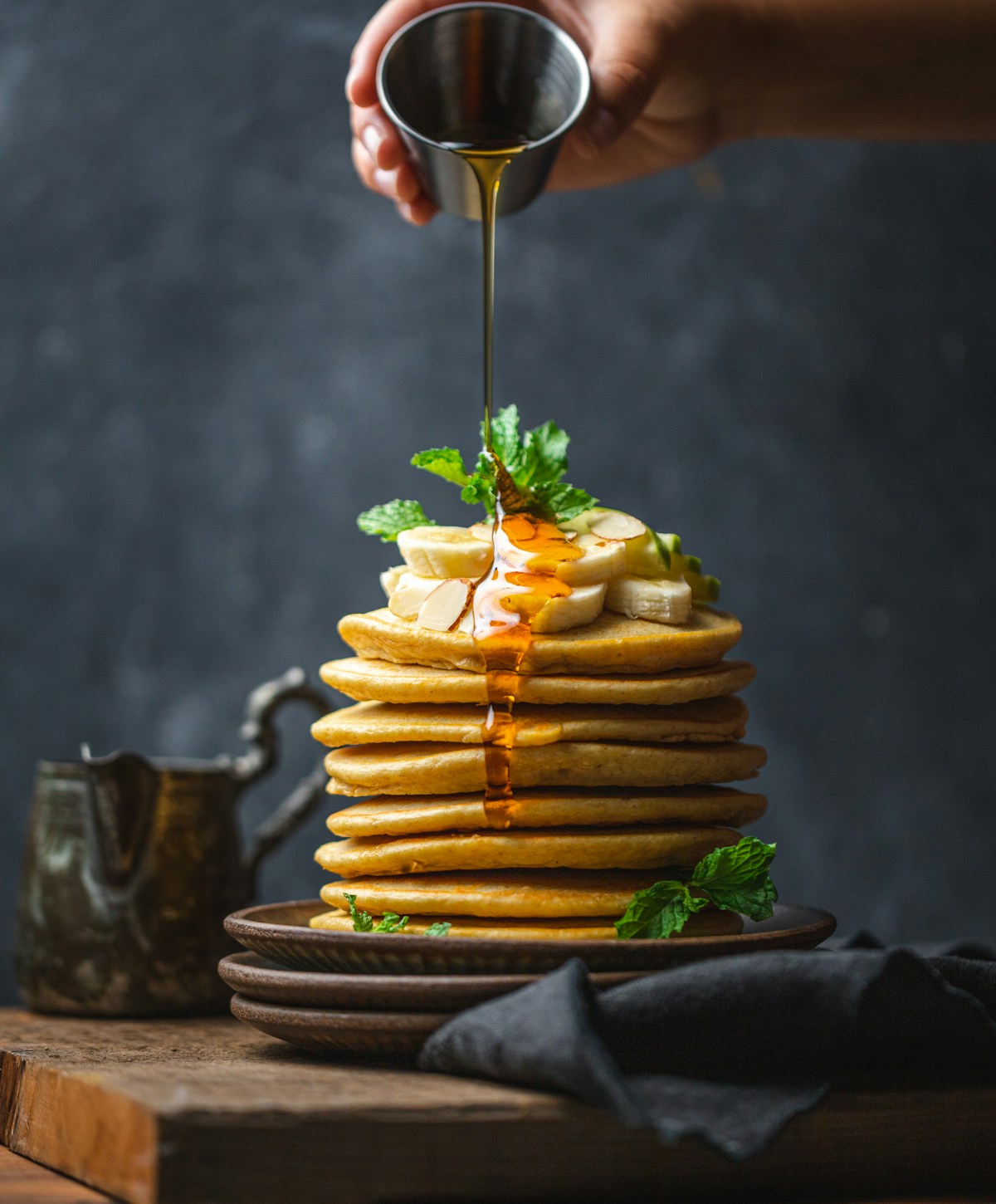
Brunei rarely appears on Southeast Asian food maps, which makes Tamu Kianggeh one of the region's best-kept secrets. This weekend market showcases Bruneian cuisine — a blend of Malay, Chinese, and indigenous influences that's distinct from neighboring countries.
As one of the most overlooked hidden food markets in Asia, Tamu Kianggeh operates every morning along the Kianggeh River. Vendors sell everything from jungle fruits to grilled seafood wrapped in banana leaves. The atmosphere is relaxed and friendly, with zero tourist hustle.
What to eat: Try the ambuyat, Brunei's national dish made from sago palm starch — it's bland on its own but extraordinary when dipped in the sour fruit sauce called cacah. The grilled stingray and satay are exceptional, as is the kuih mor (steamed cake) sold by grandmothers from plastic containers.
Insider tip: Visit on Saturday mornings when vendors from outer villages bring specialties you won't find during the week. Bring cash in small denominations — most vendors don't carry change for large bills.
Tips for Exploring Hidden Food Markets Like a Local
Navigating hidden food markets in Asia requires different skills than dining in restaurants. First rule: dress down. Leave the fancy camera and jewelry at your hotel. Wear comfortable shoes you don't mind getting dirty, and bring a small backpack for purchases instead of drawing attention with shopping bags.
Learn basic phrases in the local language — "hello," "thank you," "how much," and "delicious" will get you surprisingly far. Vendors appreciate the effort even if your pronunciation is terrible. Use translation apps for ingredients if needed, but pointing and smiling works better than you'd think.
Observe before ordering. Watch what locals are eating and how they're eating it. Are they using their hands? Chopsticks? Mixing things together? Following their lead shows respect and helps you avoid ordering mistakes. When in doubt, point to someone else's food and say "same."
Cash is king in traditional Asian markets. Bring small bills because vendors rarely have change for large denominations. Negotiating is expected in some markets but not others — watch how locals interact with vendors before trying to bargain. In food stalls, prices are usually fixed.
Start with cooked items rather than raw if you're worried about stomach issues. Dishes that are grilled, steamed, or freshly boiled are generally safer than things sitting at room temperature. Look for stalls with high turnover — if locals are lining up, the food is both delicious and safe.
Don't photograph people without asking first. In some cultures, taking photos of vendors or their stalls without permission is disrespectful. When you do ask, offering to buy something first establishes goodwill. Share your photos with vendors if they're curious — most love seeing themselves through a tourist's eyes.
How to Find Hidden Markets Beyond Google
The best secret food markets in Asia aren't on Google Maps or in guidebooks. Finding them requires different strategies. Start by asking your accommodation host — not the front desk, but the person who actually lives there. Homestay owners and local guesthouse managers know markets that tourists never discover.
Food bloggers and Instagram rarely showcase the most authentic spots. Instead, look for local food tours led by residents, not international companies. Tours run by locals often visit their grandmother's favorite stalls and neighborhood markets that don't have English names.
Follow locals during morning or evening commutes. Workers heading to and from their jobs usually stop at markets near public transportation hubs. Trail someone carrying shopping bags or eating street food — they'll likely lead you somewhere interesting. If you see a line of locals waiting for food, join it without asking questions. Lines mean quality.
Use local language social media. Platforms like Line (Thailand), Zalo (Vietnam), or WeChat (Chinese communities) have food groups where residents share discoveries. Even if you can't read the language, photos and locations translate. Learning to recognize "market" in local scripts helps you decipher signs and search effectively.
Visit neighborhoods, not districts. The hidden food markets in Asia exist in residential areas, not tourist zones. Take public transportation to the end of the line and walk around. Markets near universities, hospitals, and schools serve local populations and typically offer better quality at lower prices than anything in city centers.
Frequently Asked Questions About Hidden Food Markets in Asia
What are the best hidden food markets in Southeast Asia?
The best hidden food markets in Asia include Or Tor Kor Market in Bangkok, Binh Tay Market in Ho Chi Minh City, Khlong Toei Market in Bangkok, Pasar Beringharjo in Yogyakarta, and Tamu Kianggeh in Brunei. These traditional Asian markets offer authentic local experiences away from tourist crowds, with vendors serving generations-old recipes and fresh ingredients sourced directly from farmers and fishermen.
Are hidden food markets in Asia safe for tourists?
Yes, most secret food markets in Asia are safe for tourists when you follow basic precautions. Stick to cooked foods that are freshly prepared, choose stalls with high customer turnover, and observe what locals are eating. Avoid raw items if you have a sensitive stomach, bring hand sanitizer, and start slowly to let your digestive system adjust. The biggest risk is usually minor stomach upset, not serious illness.
What's the best time to visit hidden food markets?
Early morning (5:30-8:00 AM) is the best time to experience authentic food experiences at hidden local eats markets. This is when vendors are freshest, locals shop before work, and the atmosphere is most genuine. Evening markets typically open around 4-5 PM. Avoid mid-morning and early afternoon when many traditional markets are quietest or closed for cleaning.
How much money should I bring to local street food spots?
Bring $10-20 USD equivalent in local currency with small bills for a full morning of eating and shopping at local street food spots. Most dishes cost $1-3, and fresh produce is incredibly affordable. Vendors rarely accept cards or have change for large bills. Having exact change or small denominations makes transactions smoother and shows respect for local customs.
Do I need to speak the local language at traditional Asian markets?
While knowing basic phrases helps, you don't need to speak the language fluently to enjoy hidden food markets in Asia. Learn simple words like "hello," "thank you," "delicious," and "how much" in the local language. Pointing, smiling, and observing what others order works remarkably well. Translation apps can help with ingredients, but body language and enthusiasm transcend language barriers.
What should I avoid eating at hidden food markets?
At secret food markets in Asia, avoid raw seafood, pre-cut fruit sitting at room temperature, unpasteurized dairy, and dishes with mayonnaise-based sauces if they're not refrigerated. Stick to items that are cooked to order, grilled, steamed, or fried in front of you. Ice in drinks is generally safe in cities but risky in rural areas. When in doubt, eat what you see locals eating.
How do I find authentic food experiences off the tourist path?
Finding authentic food experiences requires asking locals, not Google. Stay in homestays or local guesthouses and ask hosts where they shop. Join walking food tours led by local residents rather than international companies. Follow locals during morning commutes, take public transportation to residential neighborhoods, and look for markets near universities or hospitals where locals gather daily.
Can I take photos at hidden local eats markets?
Always ask permission before photographing vendors or their stalls at hidden local eats markets. Many appreciate being asked, especially if you buy something first. Some vendors prefer not to be photographed for cultural or personal reasons. Respect their wishes and focus on food or market atmosphere instead. Sharing photos with vendors afterward often creates wonderful connections.
What makes hidden food markets different from tourist markets?
Hidden food markets in Asia operate primarily for locals, not tourists. Prices reflect what residents pay, menus aren't translated, vendors have been in the same spot for decades, and the food follows traditional recipes without modification for foreign palates. Tourist markets prioritize convenience and Instagram appeal; authentic traditional Asian markets prioritize community, quality, and preserving culinary heritage.
Should I bargain at local street food spots?
Bargaining at food stalls in local street food spots is generally not appropriate — food prices are usually fixed and already very affordable. However, negotiating is expected when buying produce, spices, or goods in bulk. Watch how locals interact with vendors first. If you see others negotiating, it's acceptable. Always be respectful and remember that a few cents means more to vendors than to most travelers.
Final Thoughts – Taste Asia's Hidden Stories
The hidden food markets in Asia offer something precious in our increasingly globalized world — authenticity that isn't performed or packaged for tourists. These markets exist because communities need them, not because travel blogs recommend them.
Every vendor behind every stall carries stories. The grandmother selling rice cakes learned her recipe from her grandmother, who learned it from hers. The fishmonger knows every boat captain by name and can tell you which waters the prawns came from that morning. The curry lady adapted her mother's recipe over forty years of serving the same customers.
When you eat at these authentic food experiences, you're not just tasting food — you're tasting history, culture, and connection. You're supporting families and traditions that supermarkets and chain restaurants threaten. You're participating in something real, something that happens whether tourists show up or not.
The next time you're planning a trip to Southeast Asia, skip the top-ten lists and the Instagram-famous spots. Instead, wake up early, follow your nose, and trust your instincts. The best local street food spots don't need reviews or ratings. They need curious travelers willing to step outside their comfort zones and discover that sometimes the most memorable meals come from places you didn't know existed.
The hidden food markets in Asia are waiting. They've been there for generations, and they'll be there long after you leave. All they ask is that you show up with respect, curiosity, and an empty stomach ready to be filled with flavors you'll remember forever. Safe travels, and even better eating.

